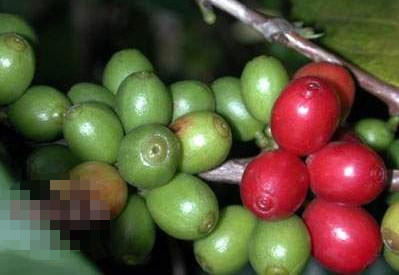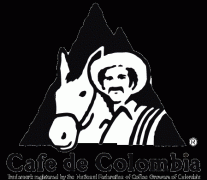The treatment of coffee fruit
The harvest time of coffee fruit produced in different countries and regions is different, usually when the coffee fruit is bright red when the flower thickness is about 7 to 8 months, which is called "coffee cherry" (coffee cherries). The definition of treatment refers to the removal of the exocarp, endocarp, silver skin of coffee cherry. Wait for five parts, and finally get the coffee beans. Generally speaking, there are five ways to treat coffee cherries into raw coffee beans, which are Wet/Washed Process, Dry/Natural/Unwashed Process, Pulped Nattural, Semi-washed and Honey Process/Miel Process. The following three methods are familiar:

1. Washing method (Wet process/Washed method):
Washed beans account for about 70% of all coffee. The technology invented by the Dutch in the 18th century is suitable for rainy areas. The coffee treated by water washing has a bright and clean taste, strong sour taste, weak consistency and less impurities.
First, add a lot of water to the coffee cherries, rinse away the unfinished fruits and impurities floating on the surface, select beans, and then use a peeling machine to remove the peel and pulp. Then put it into the fermentation tank to ferment for 18 hours for 36 hours, make the fermentation bacteria dissolve the pectin on the surface of coffee cherries, wash it with clean water, dry it for 1-3 weeks, then dry it with a machine, and use a sheller to remove endocarp, peel, seed shell and silver film, which is quite cumbersome.
Washed beans are bluish green in color and beautiful in appearance. Coffee from Guatemala, Colombia, Blue Mountains, Kona, Kenya, Java and Panama are all washed beans.
two。 Semi-washing method (Semi washed method):
The flavor of semi-washed coffee is between sun-washing and water-washing. This method is popular in Indonesia. Mantenin uses more semi-washing methods, and Brazil has also begun to use semi-washing methods in recent years.
The semi-washing method is similar to the water washing method, first removing the outer skin and part of the pulp of the coffee cherry berries, then drying the berries, making the berries dry and then moistening them, and then using a special machine to grind off the pulp and remove the seeds.
3. Sun exposure (Dry process/Natural method):
Arabs have treated coffee in this way since the beginning of the habit of drinking coffee, that is, more than a thousand years ago. Sun-cured coffee has a soft sour taste and a uniform bitter taste, and has a high consistency.
The method of treatment is that the coffee cherry is harvested and exposed to the sun for 3 to 4 weeks, and it is turned evenly several times a day, so that the coffee cherry is evenly heated, the core and skin of the coffee will be separated after drying, and then the pulp and peel will be removed by a sheller. And so on, the screening is completed.
Sun-cured beans have a better flavor, but are prone to defects in appearance. Coffee beans from Yemenmoka, Esopiaha, Brazil and Sulawesi, Indonesia are often treated with this method.
Important Notice :
前街咖啡 FrontStreet Coffee has moved to new addredd:
FrontStreet Coffee Address: 315,Donghua East Road,GuangZhou
Tel:020 38364473
- Prev

Introduction of coffee beans and some boutique coffee in the main producing areas of coffee beans in the world (5)
Coffee beans and some boutique coffee in the main producing areas of coffee beans in the world: Australia
- Next

Colombian coffee beans
Colombian coffee has a bitter experience, clear and astringent as life, while bitterness is necessary in life, and the last fragrance at the root of the tongue is a thorough recollection of the past. Suffering is pain, clear and quiet, the last fragrance has become a kind of spiritual victory.
Related
- Guji coffee producing area of Guji, Ethiopia: Humbela, Shakiso, Wulaga
- What is the most expensive variety of Qiloso in BOP multi-variety group?
- How to store the coffee beans bought home?
- Why are Yemeni coffee beans so rare now?
- Ethiopian Sidamo all Red Fruit Sun Sun Santa Vini Coffee beans
- SOE is mostly sour? What does it mean? Is it a single bean? what's the difference between it and Italian blending?
- Is Italian coffee beans suitable for making hand-brewed coffee?
- How to choose coffee beans when making cold coffee? What kind of coffee beans are suitable for making cold coffee?
- Just entered the pit to make coffee, what kind of coffee beans should be chosen?
- Can only Japan buy real Blue Mountain Coffee? What are authentic Jamaican Blue Mountain coffee beans?

